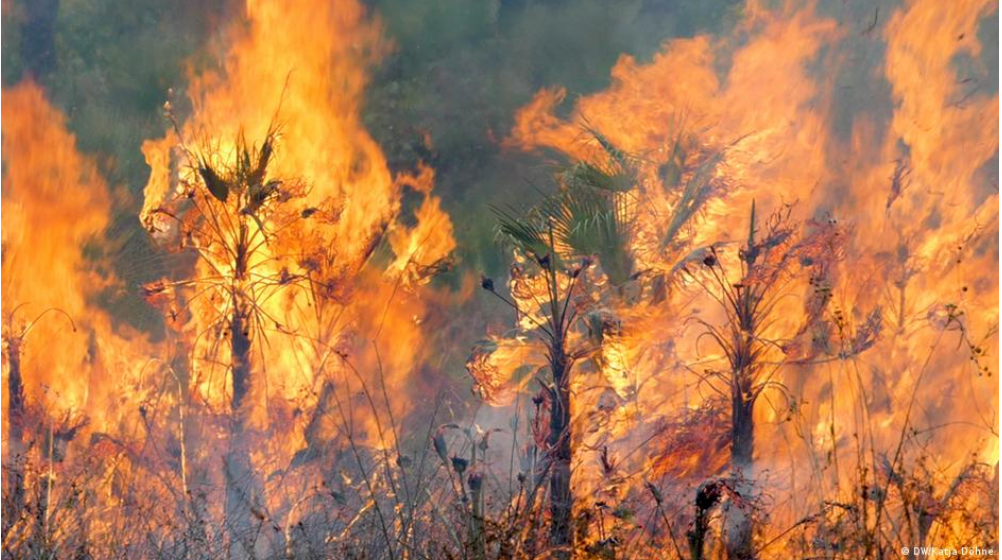
With the global chocolate market forecasted to grow from $130 billion in 2020 to $178 billion dollars in 2027, large industrial corporations like Nestle, Hershey and Mars continue to stoop lower and lower with their practices to keep up with demand.

Cacao Pods Primo
False Promises
In 2001, Mars, Nestle and Hershey signed an agreement pledging to eliminate any form of child labour2 from their suppliers and to completely stop buying any cacao harvested by children. More than two decades have passed. Yet most of the chocolate you buy from these large companies still start with child labour.
The largest chocolate companies have missed deadlines to uproot child labour from their supply chains in 2005, 2008, 2010 and 2020. Nestle, among others, came out with a statement saying that by 2030, 100% of their raw materials will come from sustainable and ethical methods of production. According to a U.S Labour Department report, more than two million children were engaged in dangerous labour in West Africa alone; a region that supplies more than two thirds of the world’s cacao supply. With such a high number, it’s hard to believe yet another one of their promises.

Cacao Flowers Primo
Environmental Impact
The cacao tree is often considered responsible for deforestation. Why? Well, the tree itself is not invasive, aggressive, or hostile. It’s extremely unobtrusive and thrives in the shade of other trees thus prospering in biodiversity. The cacao tree is not to blame for deforestation rather, it’s the short-term malpractice of growing it that big commercial chocolate companies promote which causes so much harm to the environment.
There are two main problems with how most of the world's cacao supply chain is grown: Monoculture and Slash and Burn.
Monoculture is the cultivation of a single crop in a given region. The farmer concentrates on just one crop at a time to prevent interference from other plants. The focus of the efforts and the development of the abilities is on maximising the output of that particular crop. Cacao has traditionally been grown in monoculture, notably in African nations. Even while this approach has some short-term benefits, over time its negative effects on the environment add up to have disruptive repercussions.
The Dark Side of Monoculture
Farmers have unstable revenue. Monocultures limit the number of crops that farmers can grow and rely on for income. They become much more subject to changes in the commodity market's prices and vulnerable to weather conditions. The entire farmer's income is at risk if the seasonal weather is unfavourable or cacao prices unexpectedly fall. If farmers chose to produce various crops instead, the diversification would increase the overall stability and security of their income.
More insecticide, fertiliser, and water is required. When the soil becomes increasingly impoverished, farmers try to compensate for this loss with fertilising more frequently. The cacao trees also become more susceptible to pests and illnesses due to the fewer natural barriers like other plants and shade to protect the plant from too much sun, which can also weaken the tree and make it more subject to fungus attacks. Even in this situation, producers apply a lot of pesticides to make up for the trees' fragility. Additionally, monoculture requires more water input than polyculture because the roots of multiple plants (each with a distinct rooting depth) have access to more soil moisture than the roots of a single plant, each of which can only access moisture at one depth level.
So what do you do when you’ve inevitably completely burnt out and killed the soil? Move on to the next plot of land to do it all again.

Slash and Burn
Slash and Burn Agriculture
Farmers opt to leave their current unproductive property and relocate to a new one since monoculture dries up the soil. They will employ the slash and burn method, in which wild or forested land is clear-cut and any residual flora is burned to begin a new monoculture farm. It's also known that the ash layer replenishes the crop-fertilising nutrients in the soil. But as soon as these nutrients are exhausted, this approach will begin to have drawbacks.
Slash and Burn Agriculture is directly responsible for: Deforestation, water contamination, desertification, air pollution, erosion, loss of flora and fauna, loss of habitat. The list goes on continuously. This method can only sustain farming for a couple years at max before the soil is destroyed and the cycle of deforestation repeats.
To be clear, farmers are not to blame for these practices, they are merely trying to get food on the table at the end of the day. It is the large corporations promoting these short-term cost-saving methods to buy as much cacao as possible for as cheap as possible. They do not care about the people, they do not care about the environment, they do not care about the quality of the cacao, and they do not care about the methods used.

Sustainable Polyculture Cocoa Plantation
What we do differently at Primo Chocolab
First and foremost, our philosophy has always been ‘Quality over quantity’. We make high-quality single origin chocolate. We believe that the beans we source are equally as important as our long and slow method of actually turning those beans into chocolate. This is why we work closely and collaborate with farmers, cooperatives as well as NGOs. Primo only sources cacao from organic and sustainable polyculture plantations paying a premium for cacao, incentivising the use of sustainable farming practices and to keep the future as well as the environment in mind. It is imperative for us to build relationships and trust with our suppliers to ensure the consistency, quality and vitality of our chocolate for many years to come.
If you liked reading about sustainable chocolate producing, make sure to check your inboxes next week to learn about the many healthy benefits of eating organic dark chocolate!
Reference:
1:
2:
